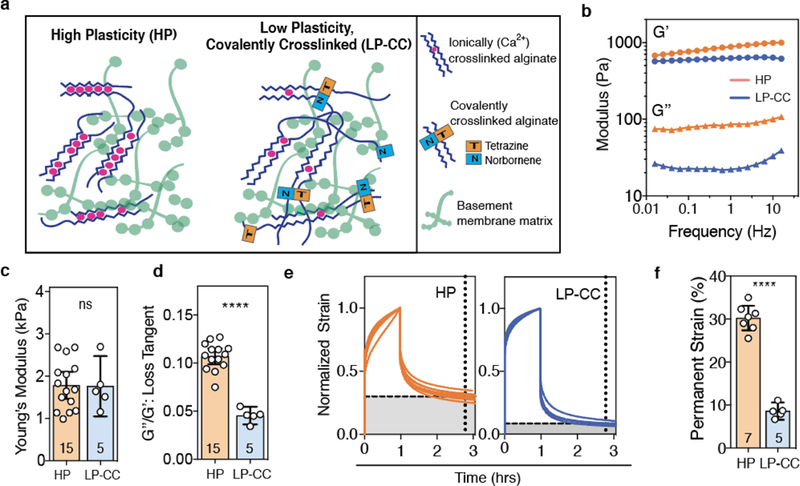Fig. 4. rBM-alginate IPNs with bio-orthogonal covalent cross-linking exhibit low plasticity and physiologically relevant stiffness.

a, Approach to forming IPNs of high and low mechanical plasticity using alginate (blue) and reconstituted basement membrane (rBM) matrix (green), without or with sparse covalent cross-links in addition to ionic cross-linking (red). High plasticity (HP) IPNs were formed with low molecular weight alginate, and low plasticity, covalently cross-linked (LP-CC) IPNs were formed using high molecular weight alginate. b, Storage (G’) and loss (G”) moduli by frequency for HP and LP-CC IPNs. c, Young’s modulus and d, loss tangent of these formulations, measured at 1% strain and 0.15 Hz. e, Normalized strain throughout creep and recovery tests on HP and LP-CC IPNs. f, Permanent strain remaining in the IPNs after a recovery time, indicated by the intersecting dashed lines in e. In c, d, and f, bars indicate means and error bars indicate 95% confidence intervals. Differences indicated are significantly different (**** P < 0.0001, Student’s t-test). HP IPN mechanical testing data shown in c-f reprinted with permission from ref. [20].
